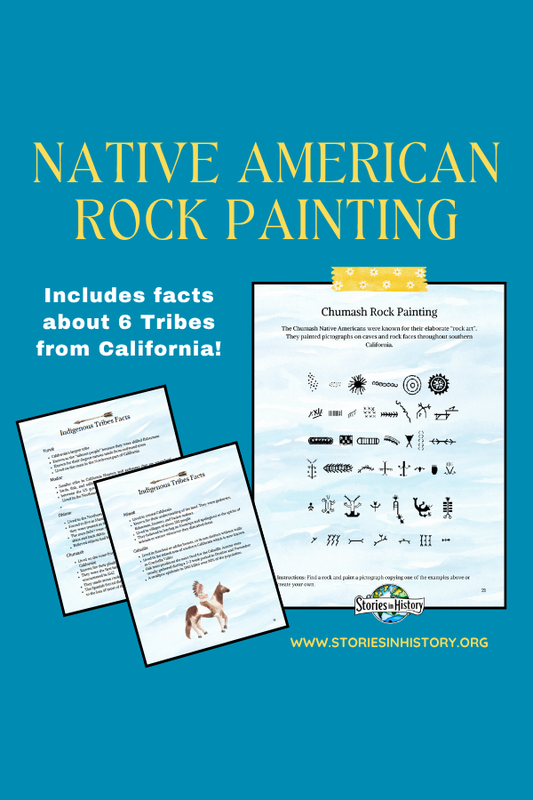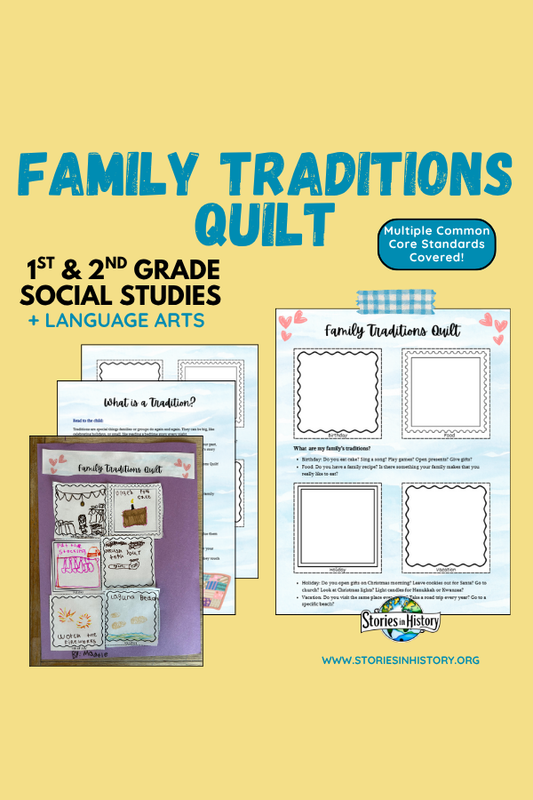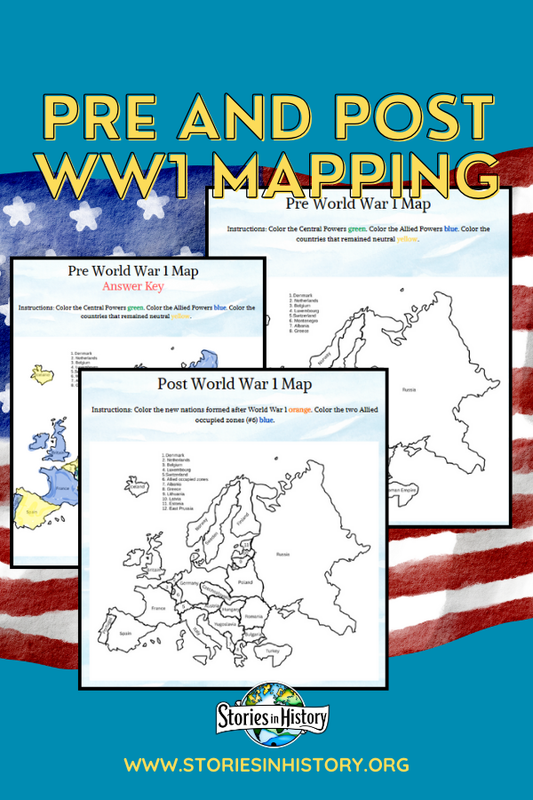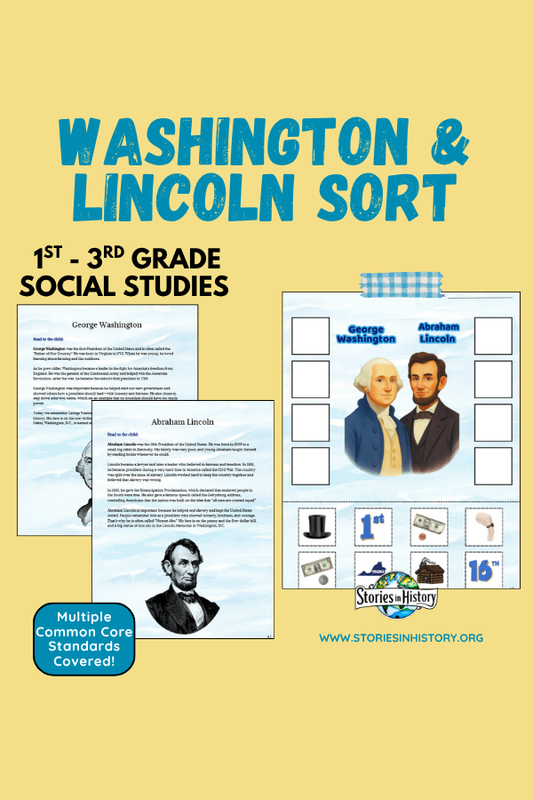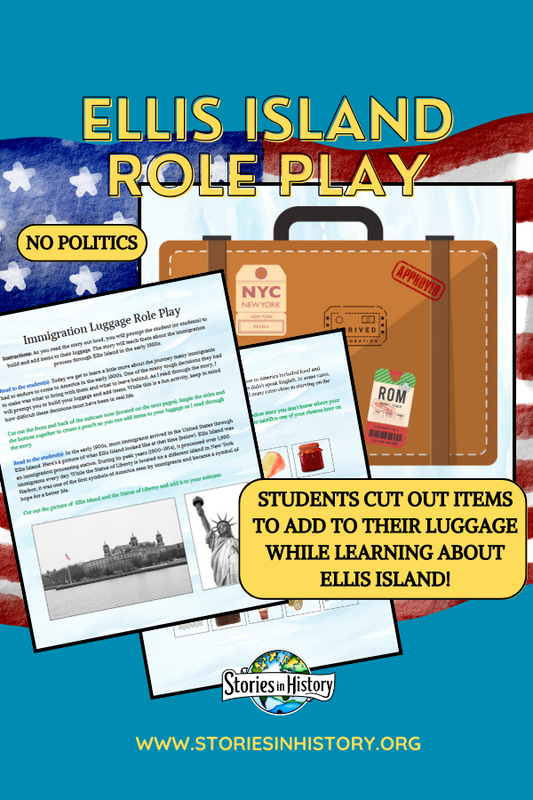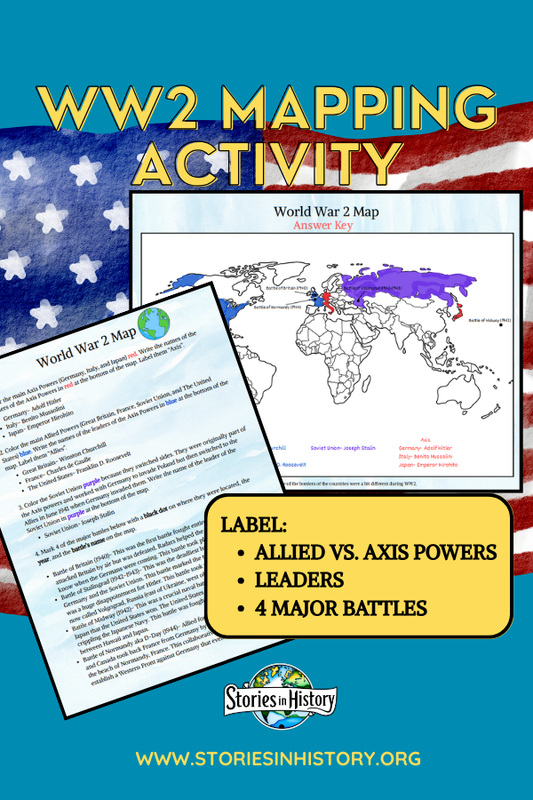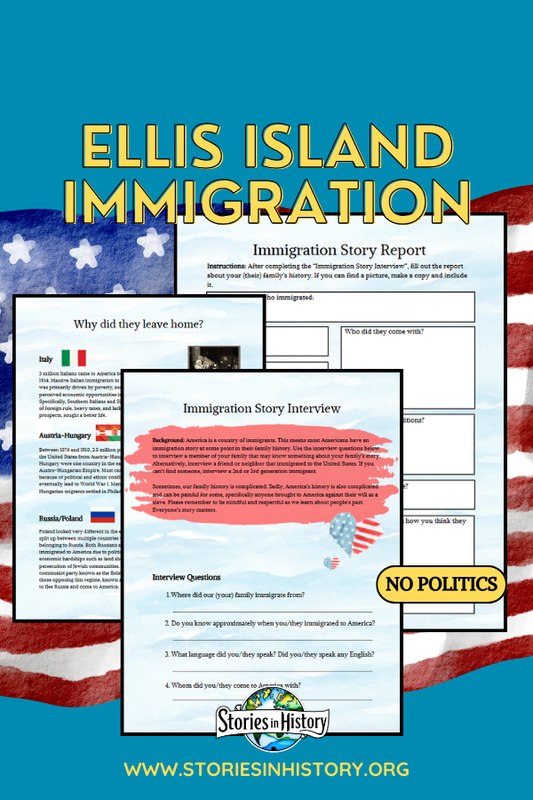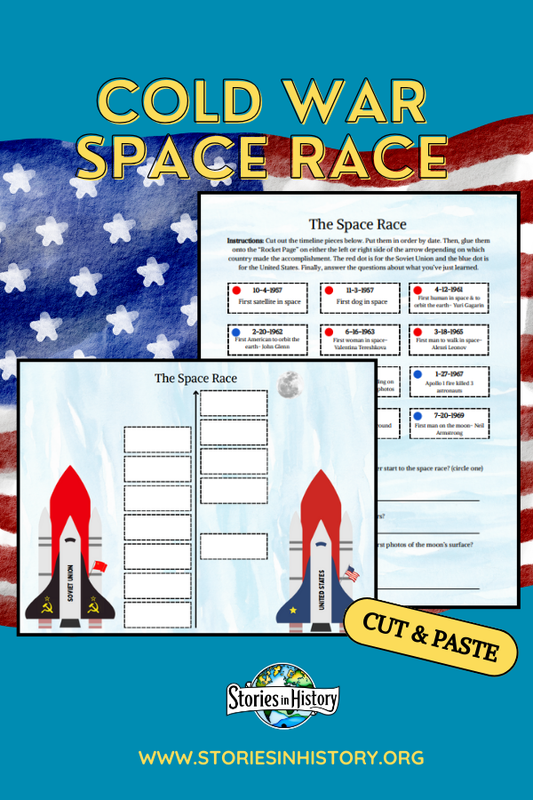
The California Native Americans for Kids
Share
Meet the First Californians: Native American Tribes of California (For Kids!)
Long before California became part of the United States—or even before the Spanish arrived—Native Americans lived here for thousands of years. In fact, California was home to more Native American tribes than any other area in North America!
Let’s explore who these first Californians were, how they lived, and how their traditions are still alive today!
🌲 Who Were the California Native Americans?
California’s rich land—full of rivers, forests, mountains, and coastline—was home to over 100 different tribes and groups. Each group had its own language, culture, and way of life.
Some of the major tribal groups include:
- Chumash (Central Coast)
- Miwok (Northern California)
- Yurok (Northwestern Coast)
- Pomo (North Coast)
- Tongva (Los Angeles area)
- Maidu (Sierra Nevada region)
- Cahuilla (Southern desert areas)
That’s just a small sample—California’s tribal diversity was (and still is!) incredible.
How Did They Live?
California Native Americans lived in many different environments, so their homes and lifestyles matched the land around them.
- Coastal tribes fished in the ocean and built boats from trees.
- Mountain and valley tribes hunted deer and gathered acorns from oak trees.
- Desert tribes learned how to survive in dry, hot areas by using local plants and animals wisely.
Their homes were made from natural materials, like wood, grass, reeds, and clay. These houses were cool in the summer and warm in the winter—perfect for California weather!
🍇 What Did They Eat?
The Native people of California didn’t farm as much as other tribes in North America. Instead, they were amazing hunters and gatherers. Here’s some of what they ate:
- Acorns (ground into flour for bread and mush)
- Fish (like salmon and trout)
- Deer and rabbit
- Berries and wild plants
- Nuts and seeds
They used baskets to collect food and store it. In fact, California Native Americans were some of the best basket weavers in the world!
🎨 Culture, Art, and Traditions
California Native Americans had rich cultures full of music, dance, stories, and art. Some of their traditions included:
- Storytelling – Passed down legends and lessons
- Dances and songs – Performed during ceremonies and festivals
- Rock art – Painted or carved onto cave walls
- Baskets – Woven with beautiful designs and used for everything
Each tribe had its own beliefs, ceremonies, and way of understanding the world.
⚠️ A Difficult Time
When Spanish explorers arrived in the 1700s and later when settlers came during the Gold Rush, life became very hard for Native Americans. Many were forced to live on missions, lost their land, and suffered from new diseases.
Even though times were difficult, many Native Americans survived and worked hard to keep their cultures alive.
🌟 Native Americans Today
Today, many California Native Americans still live in California, and their tribes are working to preserve their languages, traditions, and lands. They run cultural centers, host powwows, teach their history in schools, and share their stories with younger generations.
Some tribes have even gained back control of sacred lands and continue to teach the world about their deep connection to nature.
🧠 Fun Facts!
- 🌳 The acorn was one of the most important foods in California!
- 🧺 Some baskets were so finely woven they could hold water!
- 🗣️ Over 100 Native languages were once spoken in California—more than any other U.S. state.
- 🐟 The Yurok tribe built giant wooden canoes to fish for salmon in the Klamath River.
💬 In a Nutshell:
- Native Americans have lived in California for thousands of years
- There are many different tribes, each with its own language and traditions
- They are known for basket weaving, storytelling, and living in harmony with nature
- Many Native people still live in California today and keep their cultures strong
Want to Learn More?
Try visiting a Native American museum, paint pictograph rocks like the Chumash, or read a legend from a California tribe. The more we learn, the more we can respect and appreciate the people who were here first.
✨California’s story begins with its Native people—and their voices are still important today.
